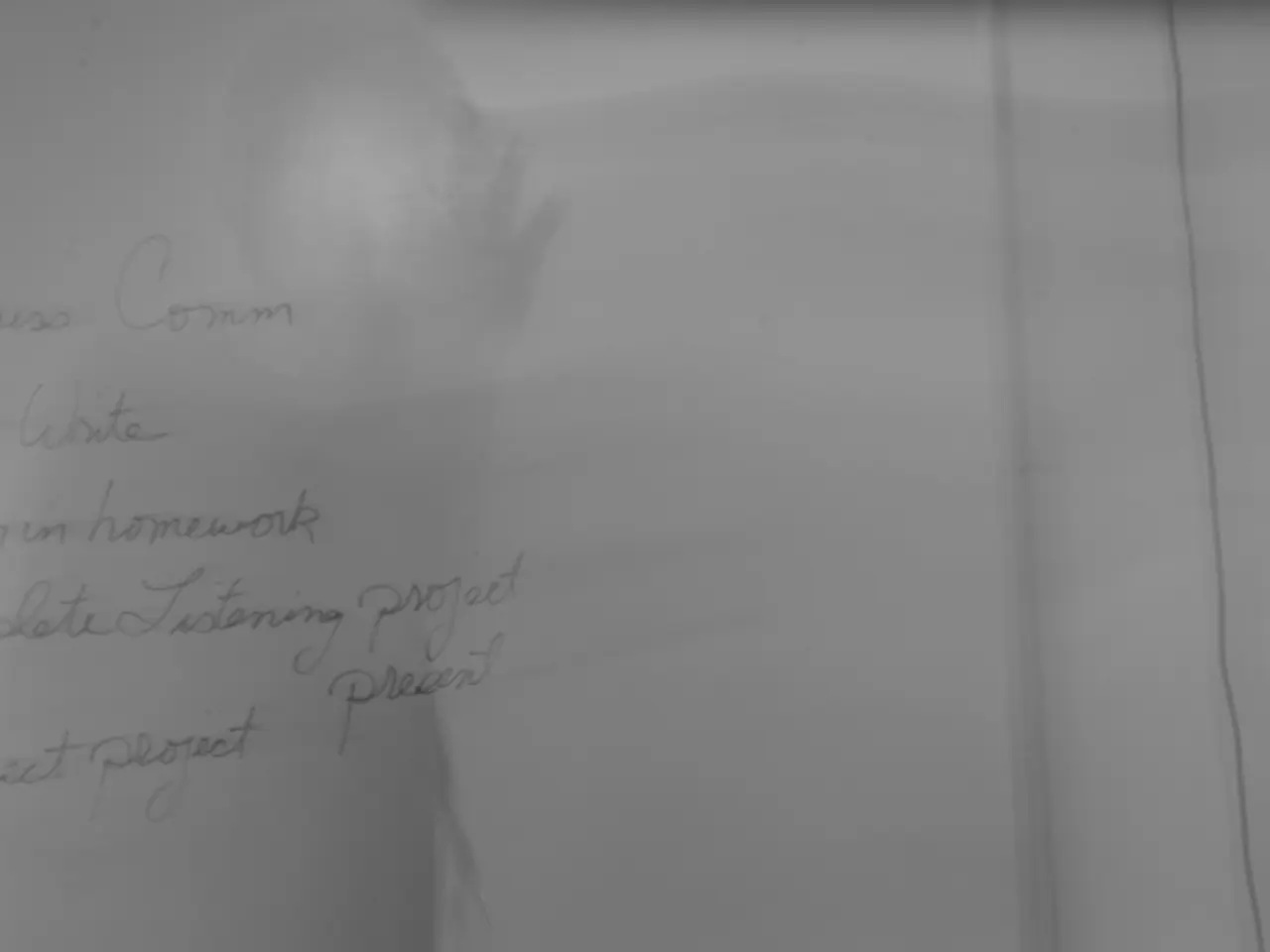In instances of wildfire or hurricane destruction, your life insurance policy could unexpectedly serve as a source of financial aid.
Life's twists and turns, including extreme weather events, can leave homeowners high and dry. Many folks are now battling inflated insurance rates, skimpy coverage, or even cancelled policies. But you might be surprised to learn that your life insurance could actually provide a financial lifeline when dealing with the aftermath of a natural disaster.
Unlocking Your Life Insurance Vault
Whole life insurance, a type of permanent coverage, offers a unique savings feature called a cash-value component. Part of your premium goes towards this tax-deferred account, which earns interest and grows over time. Once the cash-value component has reached a certain threshold (usually after two to five years), you can dip into it for various reasons, including unforeseen emergencies. So, if a natural disaster leaves you short on cash for medical bills, home repairs, or relocation costs, you could tap into a life insurance loan or withdrawal to cover these expenses.
Life insurance loans are a great option when you need cash fast without dealing with taxes or credit checks. And, unlike regular personal loans, life insurance loans often come with lower interest rates and no strict repayment deadlines. However, it's important to note that if you don't repay the loan, it will reduce your death benefit. Plus, if the interest and loan balance exceed your cash value, there's a chance you could lose your policy altogether.
Borrowing From the Bank of Life
You can access the money in your life insurance policy without necessarily paying it back. But doing so will reduce your death benefit, and depending on the remaining cash value, you could face taxes. It's crucial to consult with your financial advisor or insurance agent to understand how borrowing or withdrawing will affect your policy's performance. If you don't have whole or permanent life insurance, you may need to reapply for coverage, or you can convert some term life insurance policies into permanent ones.
Living Benefits: Your Backup Plan
Some life insurance policies include a feature called accelerated benefits or "living benefits." These riders allow you to receive a portion of your death benefit early if you're seriously ill or injured, situations that could easily arise from a natural disaster. This can be a life-saver, providing funds for medical bills without waiting for the traditional death benefit payout. Living benefits are more common in permanent life insurance policies, although some insurers now offer them with term policies, too.
Other Potential Safety Nets
- Accidental Death and Dismemberment (AD&D) insurance can provide a financial cushion if you die or lose a limb due to a covered accident, including disaster-related incidents.
- Premium waivers keep your monthly payments paused if you're injured and unable to work. This feature can help lighten your load after a devastating event.
- Return of premium is a term life insurance rider that lets you recoup the policy's base premiums if you outlive its duration. These funds can be a lifesaver during tough financial times.
Don't Forget to Read the Fine Print
While life insurance policies can offer support in case of a natural disaster, they are primarily designed for post-death payouts. It's essential to purchase homeowners or disaster insurance to ensure comprehensive financial protection. Additionally, state insurance regulators often focus on property and casualty insurance during disaster recovery efforts. Check with your insurance agent or financial advisor to ensure your coverage fits your disaster preparedness needs.
- During the aftermath of a natural disaster, the cash-value component of a whole life insurance policy can serve as a financial lifeline, providing access to funds for medical bills, home repairs, or relocation costs via life insurance loans or withdrawals.
- Life insurance policies may also include a feature called accelerated benefits or "living benefits," which allows policyholders to access a portion of their death benefit early if they're seriously ill or injured, a situation that could arise from a natural disaster.
- In an emergency like a natural disaster, various insurance policies such as Accidental Death and Dismemberment (AD&D), premium waivers, and Return of Premium term life insurance riders can serve as potential safety nets, offering financial support during difficult times.




